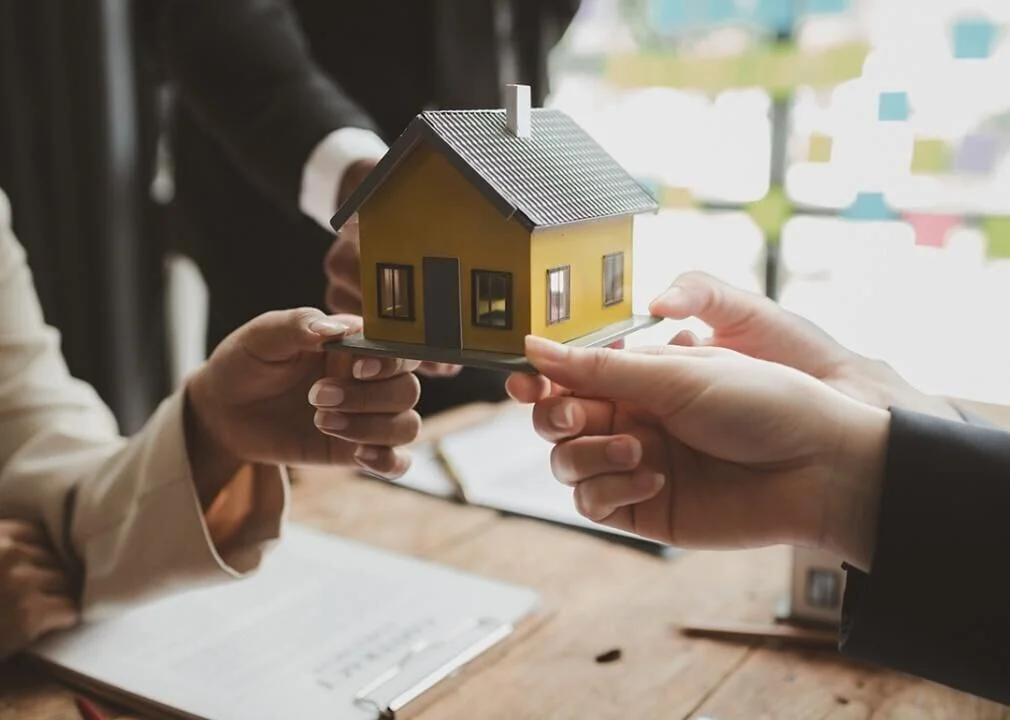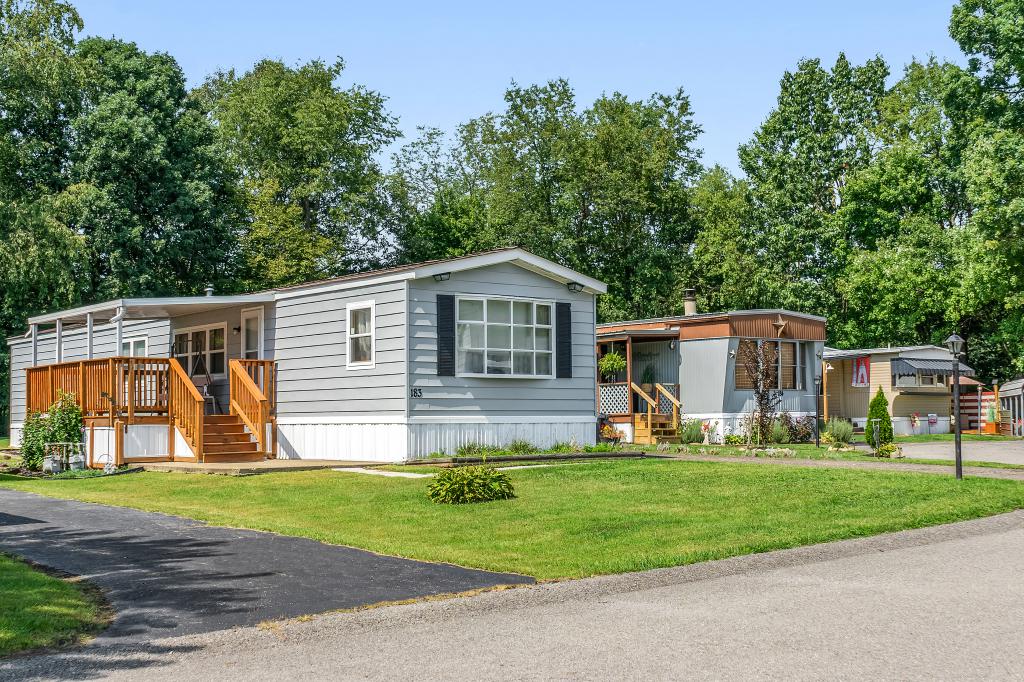How Much Can I Afford? A Guide for First-Time Home Buyers
Buying your first home is both exciting and daunting. One of the first (and most important) questions is, “How much house can I actually afford?” This guide will walk you through assessing your finances and understanding how lenders determine affordability.
1. Start with Your Budget
A good rule of thumb: keep monthly housing costs between 25-30% of your gross monthly income. This includes:
- Mortgage Payment: The bulk of your payment, covering principal and interest.
- Property Taxes: Rates vary by location; your lender will estimate these.
- Homeowners Insurance: Required by lenders; costs vary by home size, location, and value.
- HOA Fees: Some communities charge these fees for amenities and maintenance.
2. Understand Your Debt-to-Income Ratio (DTI)
Your DTI ratio affects how much you can borrow. Lenders prefer a DTI of 36% or lower for the best rates, though some go up to 43% or even 50% for qualified borrowers. Calculate it as follows:
DTI = (Total Monthly Debt Payments ÷ Gross Monthly Income) x 100
3. Factor in Your Down Payment
A larger down payment lowers monthly costs. A 20% down payment lets you avoid Private Mortgage Insurance (PMI), but some lenders accept as low as 3%. Here’s an example for a $1,000,000 home:
- 20% Down Payment: $200,000
- 10% Down Payment: $100,000
- 3% Down Payment: $30,000
4. Check Your Credit Score
Your credit score impacts your interest rate. Here’s a breakdown:
- Excellent (740+): Best rates
- Good (700-739): Competitive rates
- Fair (620-699): Slightly higher rates
5. Estimate Additional Costs of Homeownership
Beyond the mortgage, budget for:
- Utilities: Water, gas, and electricity
- Maintenance & Repairs: Plan for 1-2% of your home’s value annually
- Upgrades: Furniture, renovations, and landscaping
6. Use a Mortgage Affordability Calculator
Get a clearer picture of affordability with an online mortgage calculator. Try this one to estimate costs based on income, debt, down payment, and interest rate.
Final Thoughts
Homeownership is a personal journey. By understanding your finances, monthly expenses, and extra costs, you can set a realistic budget. Affordability isn’t just about lender approval—it’s about what you feel comfortable paying monthly. Find the balance between your dream home and financial stability.






